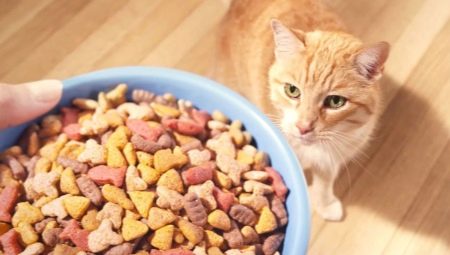If you decide to have a pet, then even before you bring a little friend into the house, you need to find out everything about its contents. Including nutrition, which is more suitable for the animal. It would seem that it could be simpler: went to the pet store, bought food, poured on time, everyone is happy. But cat food is not only a treat for the pet, but also someone else's business. Not always conscientious, by the way. Therefore, the question of the quality of the feed, its relevance and feeding standards must be studied.
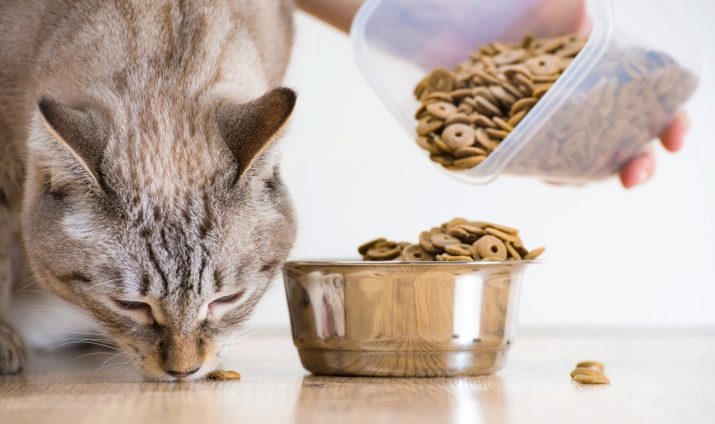
Feeding a cat with leftovers from the owner’s table is not a good option. Animals accustomed to such a diet can, of course, get used to pasta and sour cream with potatoes, but good is not enough. The predator, which the domestic cat has not ceased to be, needs high-quality animal food. And if almost nobody succeeds in organizing food meals (this is really a luxury), then you can choose adapted food. Not just to pick up, but also to monitor the diet - this is the task of a caring owner.
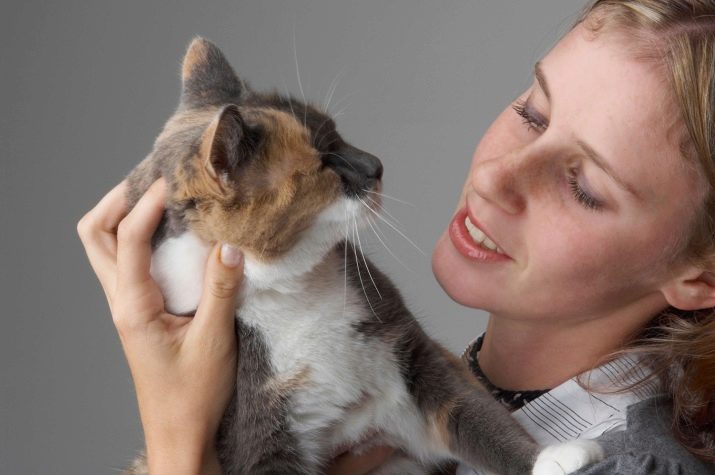
Daily rate
When the kitten turns two months old, he is ready to eat dry food. It is important where exactly the pet will eat. It should be a certain, unchanging place, dry and clean. If the kitten is to eat where everyone constantly walks, where there is no calm environment for him, this can affect the eating behavior of the cat. Therefore, the prerequisite for food is peace and quiet in the place where the pet has a bowl.
Important! If you have several cats, each animal should have its own personal bowl.
If the cat is still small - 2-3 kg, then the serving size should be from 30 to 50 g. It must be products with a balanced composition. A cat weighing 10 kg, which is, of course, a large weight, should not eat more than 105 g of dry food per day: this leads to obesity.
| Weight | The number of grams (normal) |
| 1 kg | 16 |
| 2 kg | 31 |
| 3 kg | 47 |
| 4-5 | 55-68 |
| 6-7 | 70-80 |
| 8-9 | 94-105 |
| 10 | 115-117 |

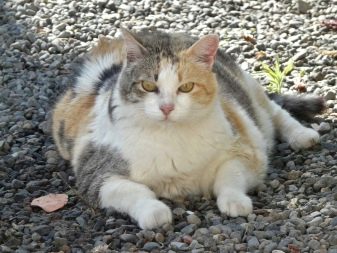
The table is a guideline for the owner. It is very important to feed correctly in terms of frequency. If the baby is not yet six months old, then the kitten needs to be fed according to the four-time diet. If he has already outgrown this age, food can be three times a day or even two times a day.
Experts do not advise owners of kittens to mix dry food with natural food - for the digestive tract of a kitten this is an overload. In addition, it is important that there is always water in the drinking bowl. Vitamin supplements should be given to a kitten only on the advice of a veterinarian.

Adult cats have two meals per day. If the breeder decides not to restrict the pet in food, and he has a constantly filled bowl, this will lead to obesity of the animal and an imbalance in eating behavior. Then, when the cat shows signs of the disease, the breeders catch on, start feeding a tablespoon - and after all it was easier to feed the kitten correctly from the very beginning. An adult cat weighing 4-5 kg needs about 55-70 g of dry food per day.
Do not leave a cat without food! Two hungry days for an animal entail serious health problems.
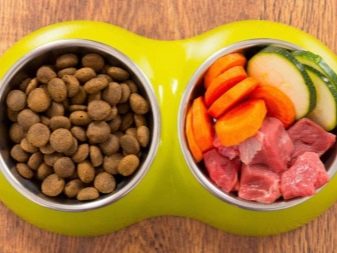
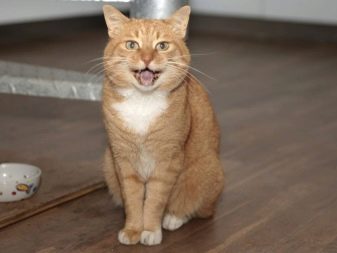
Features of feeding pregnant cats
It is very important for a pregnant cat to eat properly - high-quality regular food provides her with energy, which means that the animal will survive the pregnancy safely, will cope well with the birth and feeding of the offspring. Attentive owners, as a rule, when they find out that the cat is pregnant, turn to the veterinarian for unscheduled advice: you need to make sure that everything is going well and ask a few questions about the nutrition of the pet.
The menu of a pregnant cat must include:
- Proteins
- vitamins;
- minerals.
Change the type of food kitty in this period is not necessary! An organism getting used to new food will experience stress, which the cat is now completely useless.
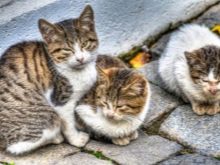
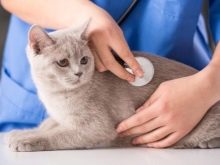
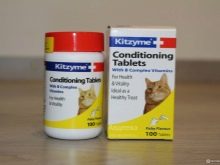
If you notice that the animal began to eat with great appetite, then this is normal. Already in the third week of pregnancy, the cat begins to lean on food. Gradually, the daily ration is doubled, and this is also normal. Do not forget that access to water for the animal must be constant.
The following components are key in the dry feed of a pregnant cat.
- Calcium. If it is not enough in food, problems may arise with lactation, with diseases of bones and teeth.
- Animal protein. And it is vital for the cat itself, and it is also important for the future offspring - without it they would not be able to be born healthy and viable.
- Vitamin A. A valuable element for visual acuity, maintaining healthy skin and coat.
- Vitamin E. Responsible for regenerative issues, maintaining the health of the reproductive system.
- Vitamin K. It is responsible for blood coagulation, which is extremely important on the eve of childbirth.
- Cellulose. Optimizes intestinal function.
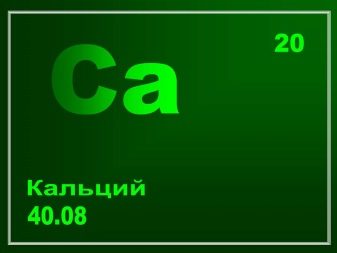
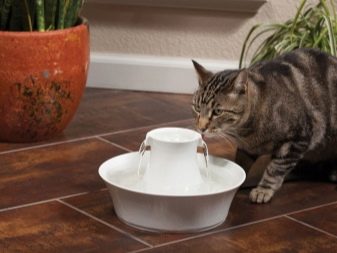
Some owners sound the alarm if on the eve of childbirth a cat refuses to dry food. In most cases, this does not bode well, on the contrary, in this way, the animal prepares for an early birth.
The first eight weeks of kittens' life, their only food will be mother's milk. A nursing mother, of course, needs a special diet. Its main feature is an increase in the volume of food. This volume can increase four times. You can buy special dry food for nursing at the pet store, enriched with all the substances necessary for the lactation period. Proteins, vitamin and mineral supplements, and everything you need for a good milk production, is already in it.
Make sure that the feed for the young mother does not contain artificial flavoring additives: this is of little use, and such a feed can turn the cat away from food. She is very sensitive during lactation, and any suspicious food, in her opinion, will not be eaten. I must say, even veterinarians do not have an exact opinion on that point, feed the cat on demand or leave the young mother food in a bowl all the time. Watch your pet, watch how often it comes to the bowl, whether it is saturated.
Usually four meals a day with a doubling of the normal norm is a good regimen for a nursing cat.

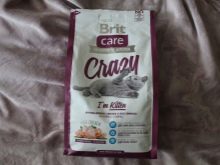

Daily rate for pets after castration and sterilization
Typically, such procedures lead to the fact that the cat eats more per day than always. The appetite increases, and sometimes against this background, the pet becomes obese. It is better if the cat who has experienced such stress, you start buying food with less fat. The animal should move more during this period, therefore brighten up the situation caused by castration or sterilization with new toys for the pet. Balls will help the cat literally get distracted: he will start running, jumping, frolic, which is very important for him during this period.
A particular risk for castrated / sterilized animals is urolithiasis. Alas, the above procedures increase the risk of its development at times. Because a fish rich in phosphorus and magnesium, from a treat turns into a hazard product.
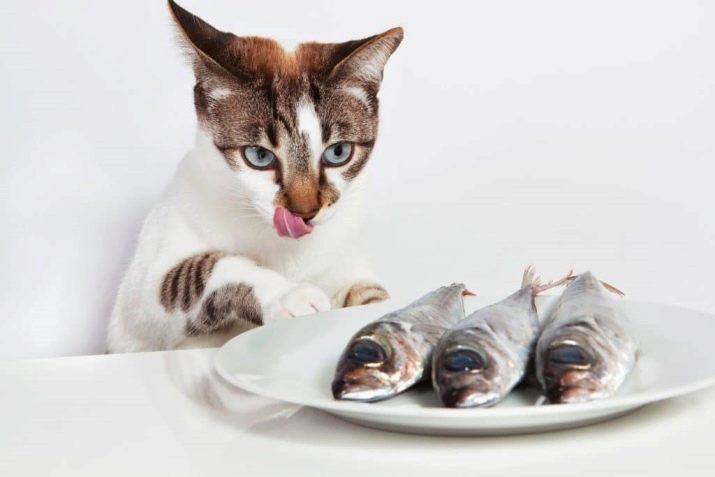
Two to three times a day you need to feed the cat dry food, in fairly small portions.
About 50-60 g of dry food per day is the maximum for the recovery period (depends on the weight of the cat). If you see that the cat began to gain weight quickly, reduce the daily rate to 45 g. Take into account not the age of the cat, but its weight (see table above). After stress, you do not need to feed the animal.
Many companies produce special food for animals that have recently undergone sterilization and castration. It is made in the ideal balance of substances, vitamins, trace elements for the pet.
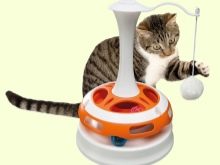
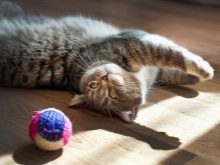
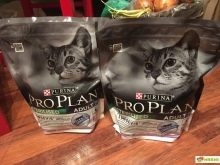
How many times a day to feed elderly cats?
When a cat becomes old, loses its former mobility and cheerful disposition, she sleeps more and more. And her nutrition, as a rule, also changes. She doesn't need as many calories as before. Some breeders decide that the cat should not eat so little, and offer her food more often. The right decision is to buy a pet special food intended for elderly animals. It usually has more protein and less carbohydrates, and this reduces the risk of obesity.
If you buy economy class food, you do not save at all! Paradoxically, but this one is. When you took three packs of stocks, and it seems that the next time you will have to visit the pet store soon, then you are mistaken. Cheap food usually does not saturate the animal with a small portion. It is necessary to pour out almost a third of the pack so that the cat is full. A more expensive product is usually so balanced that even a tablespoon or two the cat eats slowly, and remains full for a long time.
Attention! In cheap cat food, cellulose, as well as animal waste, are added in large quantities, hence the low nutritional value.
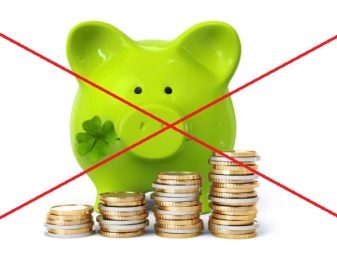
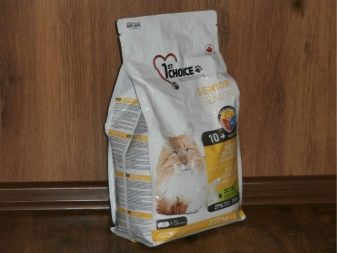
For elderly cats, the rule for calculating the norm is as follows: the daily portion is not more than 7% of the animal’s body weight. In a high-quality feed, there will certainly be components that help the immune, cardiovascular and genitourinary systems of the animal.
Another point should be clarified. Of course, all animal organisms are unique. And all the norms that are given on the packages of dry food, averaged. If your cat eats a little more, while he is cheerful and graceful, this is a normal situation. Track how much feed is spent per month, compare with average values. A slight deviation in one favor or another is, of course, permissible. If the deviation is not small, you need to think about it.
And this happens: the cat asks for food more than the norm indicated on the package.At the same time, he does not gain weight. This does not mean that the animal is necessarily a terrible diagnosis. You probably just have to change the feed, because this pet's nutritional needs are not satisfactory.
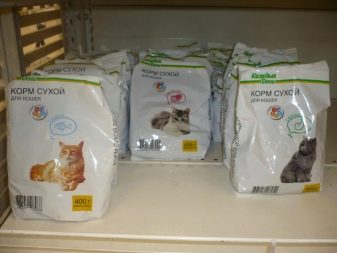
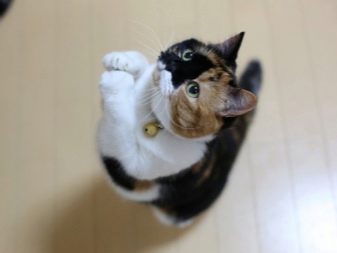
You feed the animal good food if:
- he has a shiny, healthy coat;
- strong teeth;
- good health and mood.
If a cat has a chronic disease, your first action will be not only treatment, but also a review of the food. And the veterinarian will decide how the cat should eat now. He will make individual recommendations that will need to be followed. And one more clue: if you are afraid that you are stuffing food or lacking sleep, buy a measuring cup in the pet store. Each time, before pouring food into a bowl, measure the required amount. It’s so much easier to track how much feed the animal eats. Definition by eye can seriously diverge from the truth.
As for humans, nutrition means a lot to a cat. You, as a breeder, an affectionate and caring owner, can organize a pet a long, happy life, an important part of which is good nutrition.
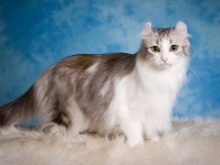
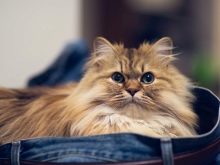

How much dry food to give a cat is described in the next video.
